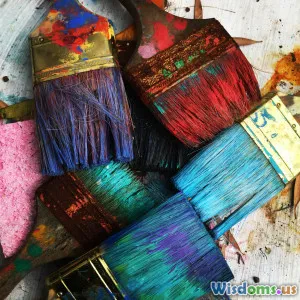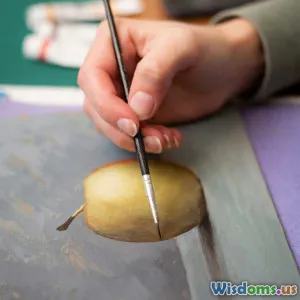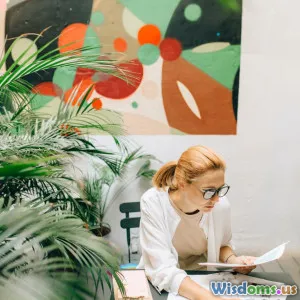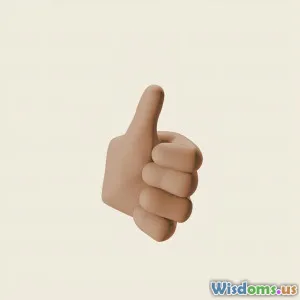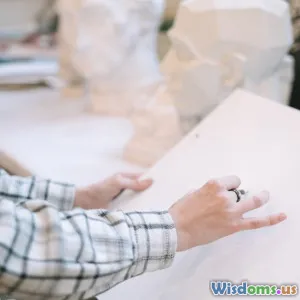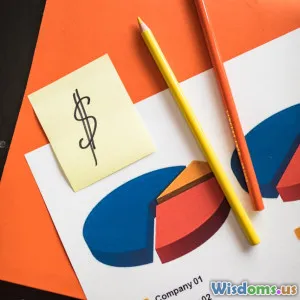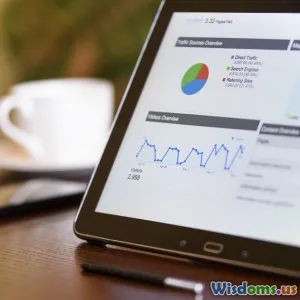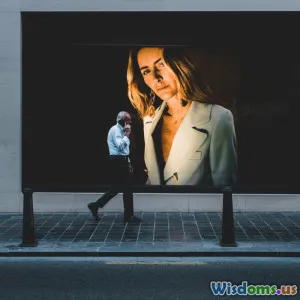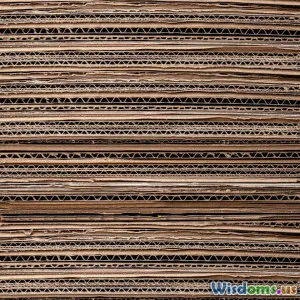
Can AI Replace Originality in Digital Artwork Creation
16 min read Exploring whether artificial intelligence can truly replicate or replace human originality in the creation of digital artwork. (0 Reviews)
Can AI Replace Originality in Digital Artwork Creation?
In recent years, artificial intelligence has reshaped the creative industries, particularly the field of digital art. From abstract compositions to hyperrealistic portraits, AI-generated works have flooded portfolios, galleries, and social media feeds. While some hail this as an artistic revolution, others question what is truly lost or gained when algorithms start to create. Does AI represent a new palette or a threat to original human imagination? Let’s explore whether AI can genuinely replace originality in digital artwork creation.
The Evolution of AI in Art
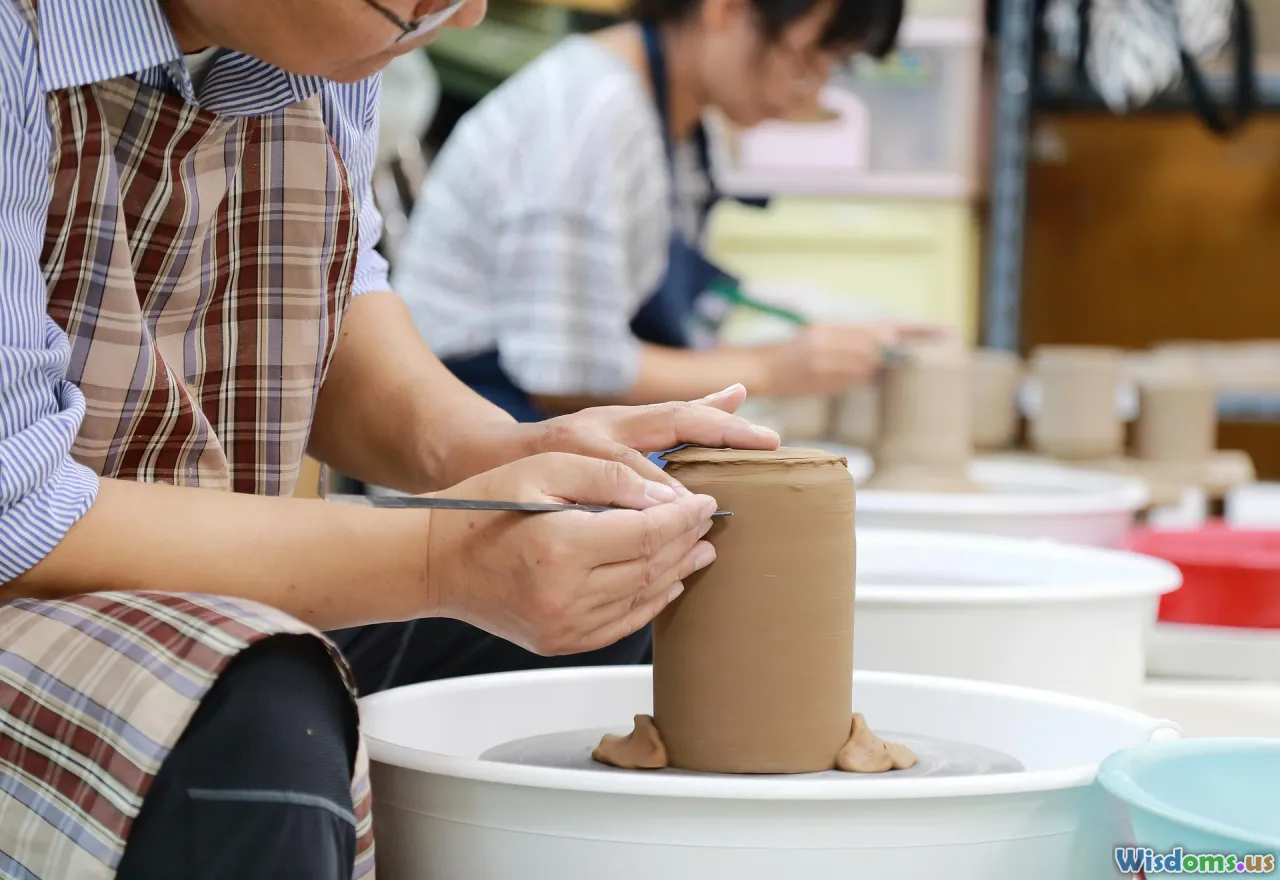
Artificial intelligence in art isn’t just about computers copying established aesthetics. Early algorithmic art traces back to the 1960s, but only in the last decade have machine learning models like Generative Adversarial Networks (GANs) and diffusion-based systems begun to rival the complexity and depth of human artists. For example, DeepDream by Google turned heads in 2015 with its psychedelic reimaginings of photographs, while more recent tools like Midjourney, DALL·E, and Stable Diffusion now effortlessly produce original works in seconds.
AI’s rapid evolution is evident in its ability to understand styles, recognize subject matter, and autonomously combine elements in ways that can sometimes surprise even seasoned artists. The 2018 sale of “Portrait of Edmond de Belamy,” created by a GAN and auctioned at Christie’s for over $432,000, marked a pivotal moment, signaling mainstream recognition of AI-generated art.
Yet, beneath the surface-level novelty, challenges remain about how AI tools acquire creativity and how "originality" is understood and evaluated in this context.
Originality: More Than a Mashup?
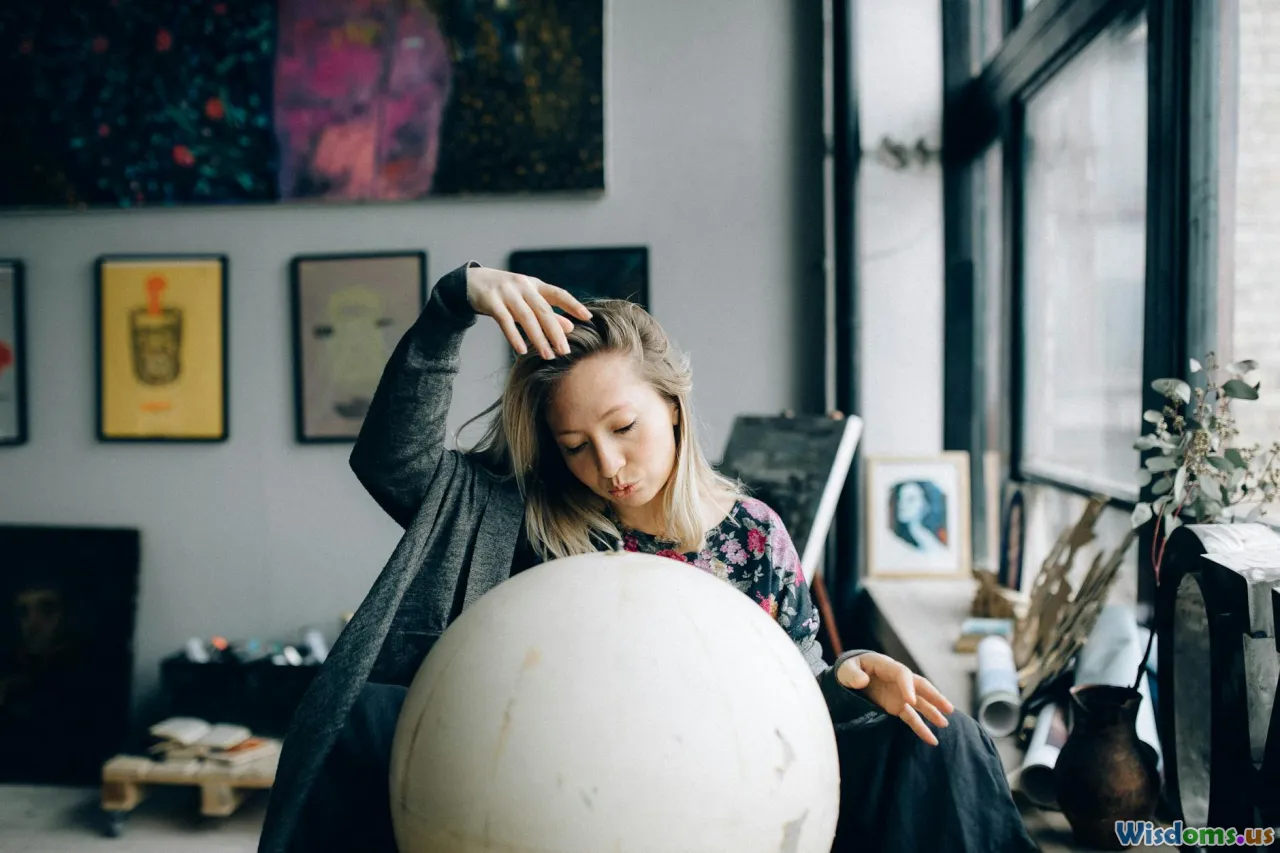
Originality has traditionally meant more than assembling existing components in novel ways. An original artwork often reflects the creator's intent, emotion, and perspective. While AI can recombine images and styles from vast databases, critics argue that it essentially samples and remixes prior work, casting doubt on whether AI creations can embody true originality.
Consider a digital artist inspired by personal experiences: the decision to include subtle symbolism, the careful choice of color palettes to evoke specific moods, or a visual narrative shaped by their worldview. These elements transcend algorithmic pattern recognition—they’re connected to memory, intention, and sometimes cultural context.
A prominent example is the 2023 debate between digital illustrator Hollie Mengert and an anonymous AI user. Using a dataset assembled from hundreds of digital images, the AI began creating works nearly indistinguishable from Mengert's signature style. While technically novel compositions, the AI outputs prompted questions about the line between inspiration and imitation.
How AI Learns—and Limitations on Creativity

AI models learn by processing enormous datasets—tens of millions of labeled artworks—absorbing features like brushstroke styles, subject matter, and visual motifs. Through iterative processes, neural networks identify correlations and generate future images based on statistical likelihood.
This training process, while astonishingly effective, also constrains what AI can create. It cannot conceptualize ideas independently or step radically outside its training data. Even when an AI tries (by reweighting styles or creatively remixing elements), its originality is confined to permutations of what it knows. This mathematical recombination is categorically different from a human artist's ability to dream, sense emotion, or break rules intentionally.
A revealing demonstration is Google’s Chimera Painter, which augments human creativity: artists sketch simple shapes and the AI augments these with textures and details, guided by human intention but fueled by its dataset. This collaboration leverages AI's speed and variety while anchoring the artwork in human originality.
AI as a Tool, Not a Replacement
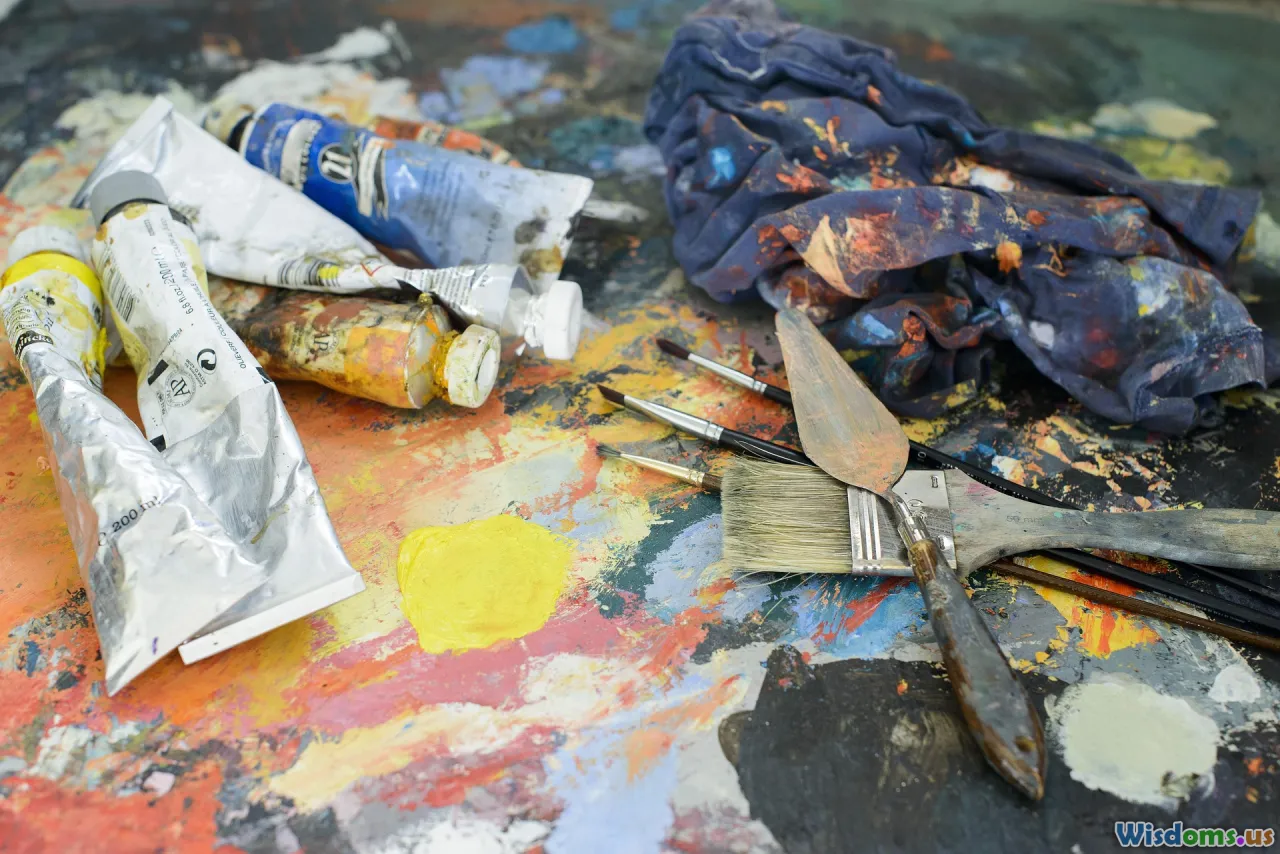
For many artists, AI is best viewed as a rich toolkit rather than a surrogate creator. Use cases abound: automating tedious aspects like background generation, testing compositional ideas quickly, or creating consistent asset variations for games or animation. Professional illustrators such as Greg Rutkowski and Karla Ortiz advocate for ethical tool usage, treating AI as an accelerant for their unique voices.
AI art tools democratize access too, lowering barriers for hobbyists and students who might lack resources for traditional art materials. These platforms enable rapid prototyping and experimentation, encouraging the blending of familiar styles with untried approaches. Crucially, though, intent and directional vision remain in human hands—the hallmark of originality.
Take the indie game industry: AI-generated backgrounds or character concepts allow small teams to produce expansive worlds. Yet, these tools aren’t writing the stories or inventing the rules. Rather, humans wield AI as co-creators, nudging algorithms, and infusing the final result with purpose and meaning.
The Ethics of AI Art and Intellectual Property

Authenticity isn’t the only concern with AI-generated artwork. Ownership and copyright have become headline issues. Many AI art tools trawl public image repositories with little regard to original artists’ permissions. This scraping raises ethical dilemmas: if an AI learns from copyrighted art, who owns the output? The artist? The data scientist? The company?
In 2022, an image produced by Midjourney won first prize in a Colorado State Fair competition—without the judges knowing it was AI-generated. Such controversies highlight the need for transparency, fair attribution, and clear legal guidance as AI’s creative reach expands.
Platforms like DeviantArt and ArtStation now allow creators to opt out of large training datasets. Meanwhile, tools like NightCafe give credit to the style and inspiration behind generated images. Legal frameworks are slowly catching up, balancing innovation and protection for original work.
Comparing Human Versus AI-Created Artwork
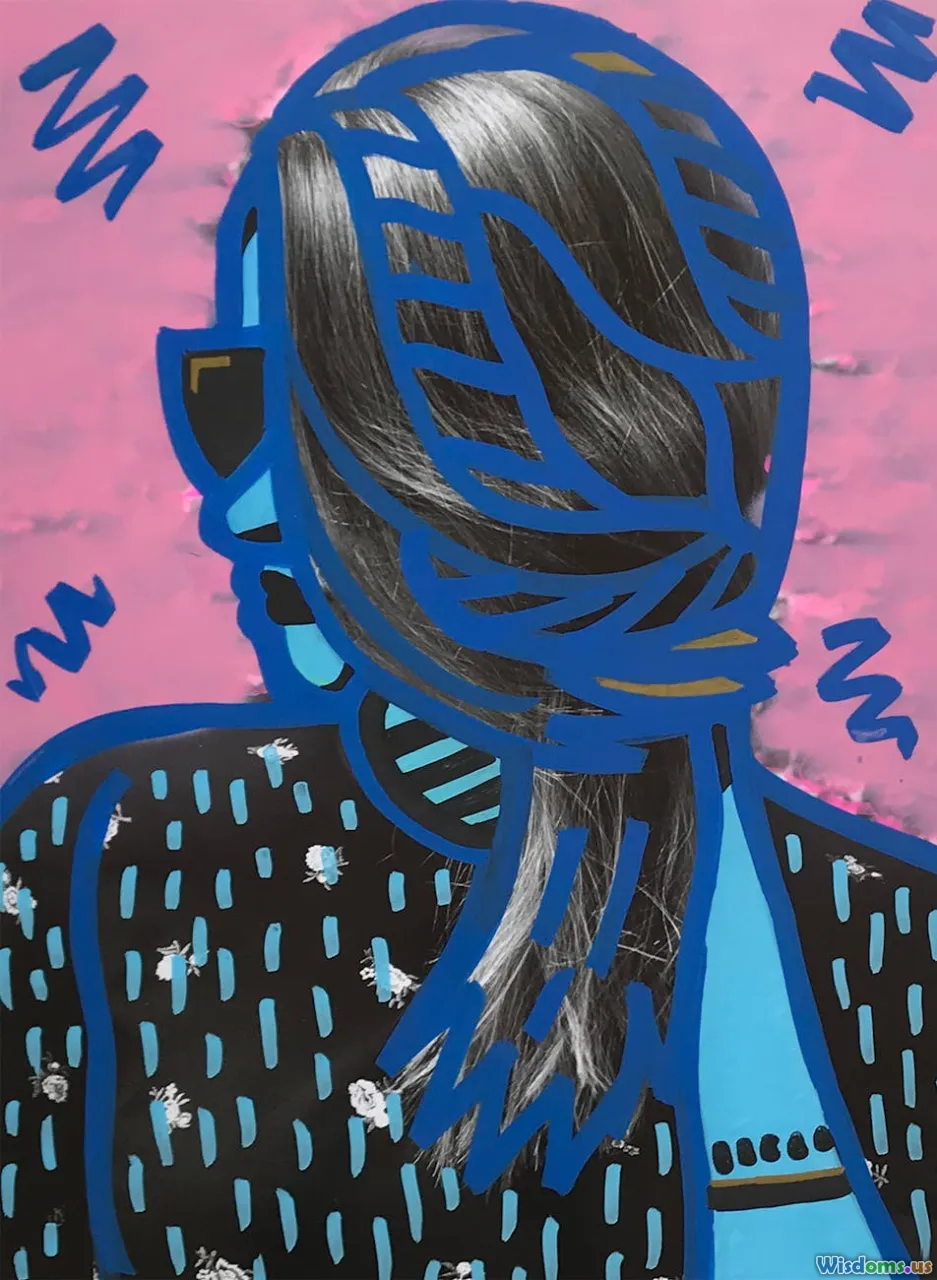
Observing AI and human output side-by-side can highlight the difference between technical skill and authentic originality. Consider Yves Klein's International Klein Blue paintings. At first glance, it might seem simple—a uniform blue canvas. But behind his approach lies a philosophy, a claim about perception, and a meticulous development of the specific blue pigment.
If an AI replicates Klein's work, producing similar visuals, it can’t reproduce the context, the cultural statement, or the historical antecedent. In contrast, artists like Yayoi Kusama or Jean-Michel Basquiat infuse deeply personal narratives, traumas, and triumphs into their creations. These emotional, cultural, and intentional dimensions—so far—cannot be conjured by even the best generative networks.
Critics also note telltale differences at the edges of AI output: inconsistencies in anatomy, perplexing lighting, or repetition of learned errors. These flaws indicate a lack of holistic worldview or overarching artistic intention. While some viewers may not notice, to trained eyes the difference is often stark.
The Future of Originality: Synergy, Not Supersession
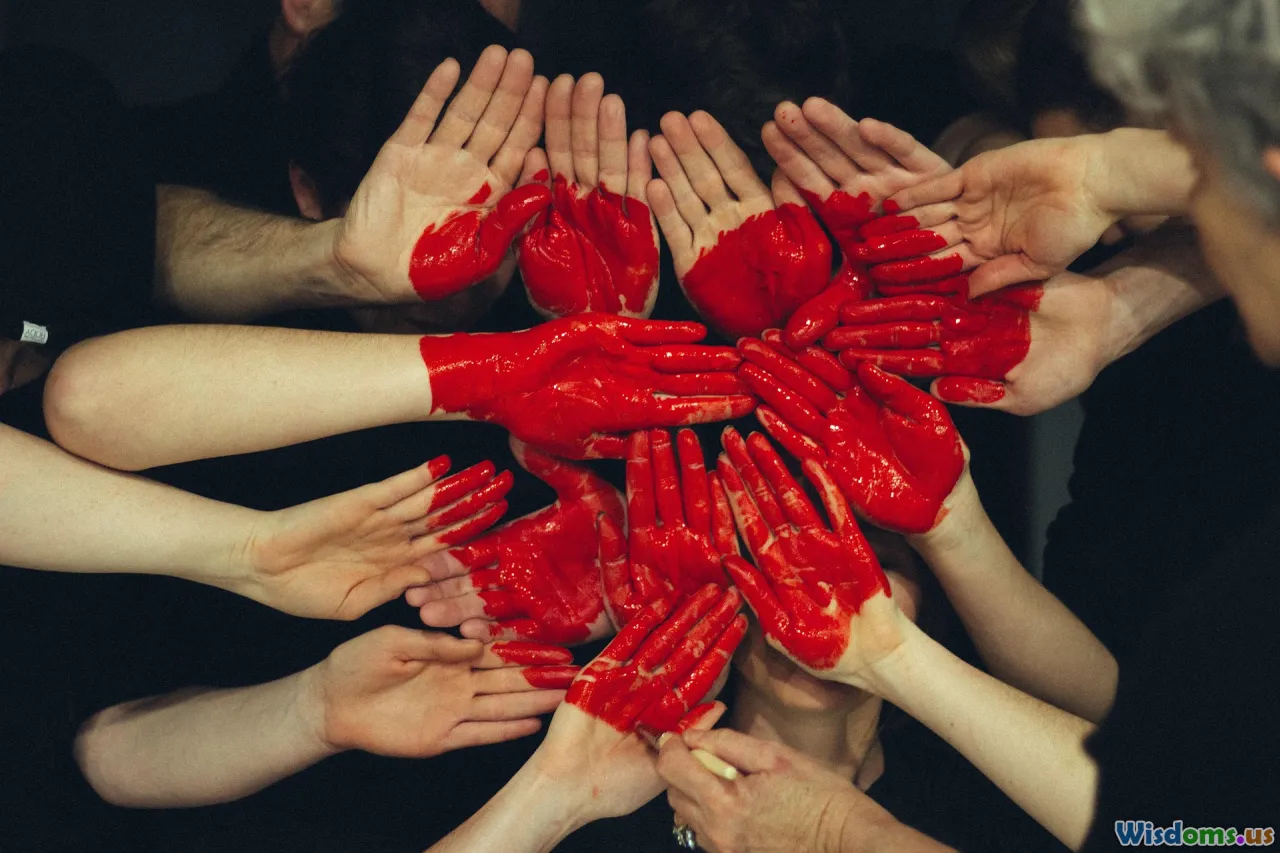
Looking ahead, it’s clear that AI will shape the next chapter of digital art. The most groundbreaking work may stem from collaboration—artists who harness AI’s capabilities to extend and deepen their own vision.
Consider the path of computational creativity in music: tools like GarageBand and Ableton Live automate tedious aspects, enabling musicians to focus on composition, emotion, and originality. Similarly, writers use AI for drafting, but not for crafting narrative arcs or embedding philosophy. In art, the same principle applies. Artists combining AI generativity with hands-on digital manipulation are already producing pieces that neither could create alone.
MIT's "Neural Painter" project even allows AI to suggest creative directions, but leaves ultimate decision-making to humans—fostering synergy, not supersession. This emerging workflow parallels the collaboration of photographer Annie Leibovitz and her retouching team: each leverages specific expertise, and the final work is distinctive and purposeful.
Actionable Tips for Maintaining Originality in a World of AI Art
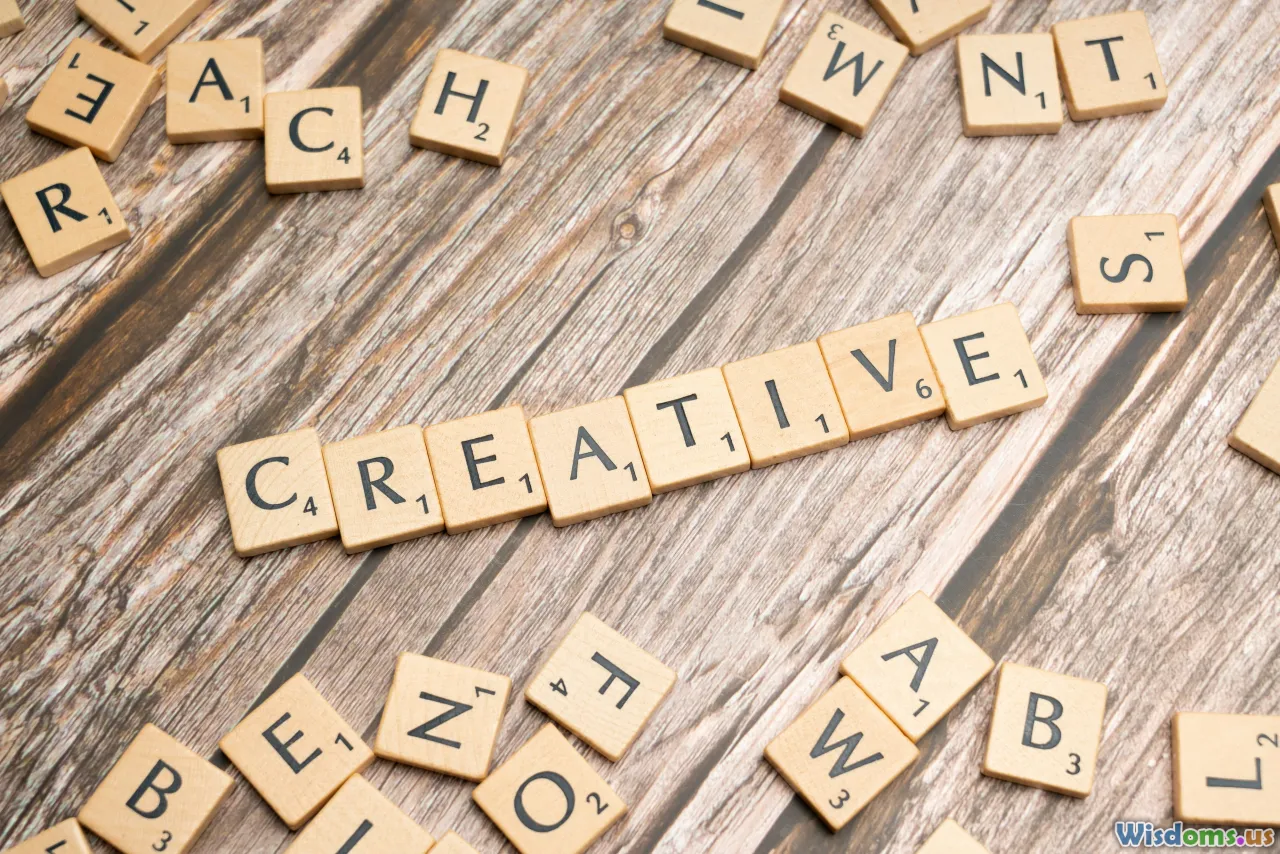
For artists and digital creators seeking to keep their originality intact while integrating AI, consider these practical tips:
-
Define a unique artistic voice: Before using AI-generated assets, clarify your signature elements—whether it’s color choice, metaphor, or narrative style.
- Example: Concept artist Beeple is known for political commentary and surreal scenes. Even when using 3D modeling or algorithmic brushes, these themes persist.
-
Curate your own datasets or inputs: If feasible, build personal datasets for AI training, ensuring outputs are less generic and more reflective of your vision.
- Example: Photographer and digital artist Natalie Field trains GAN models exclusively on her own body of work, maintaining continuity and personal style.
-
Integrate, don’t outsource: Use AI to augment, not replace, your process. Experiment with generating backgrounds, refining color schemes, or imagining variations—but do the final assembly and curation yourself.
-
Credit and collaborate: If you use AI tools, credit them transparently and consider collaborative partnerships with other creators to blend human originality with machine possibility.
-
Stay informed about copyright and ethical issues: Regularly review terms of service for platforms like Midjourney or Stable Diffusion to be proactive in protecting your work and respecting others’ rights.
These measures help to assert creative agency in an era where boundaries between organic and synthetic creation are increasingly porous.
Unique Human Perspectives: The Irreplaceable Element
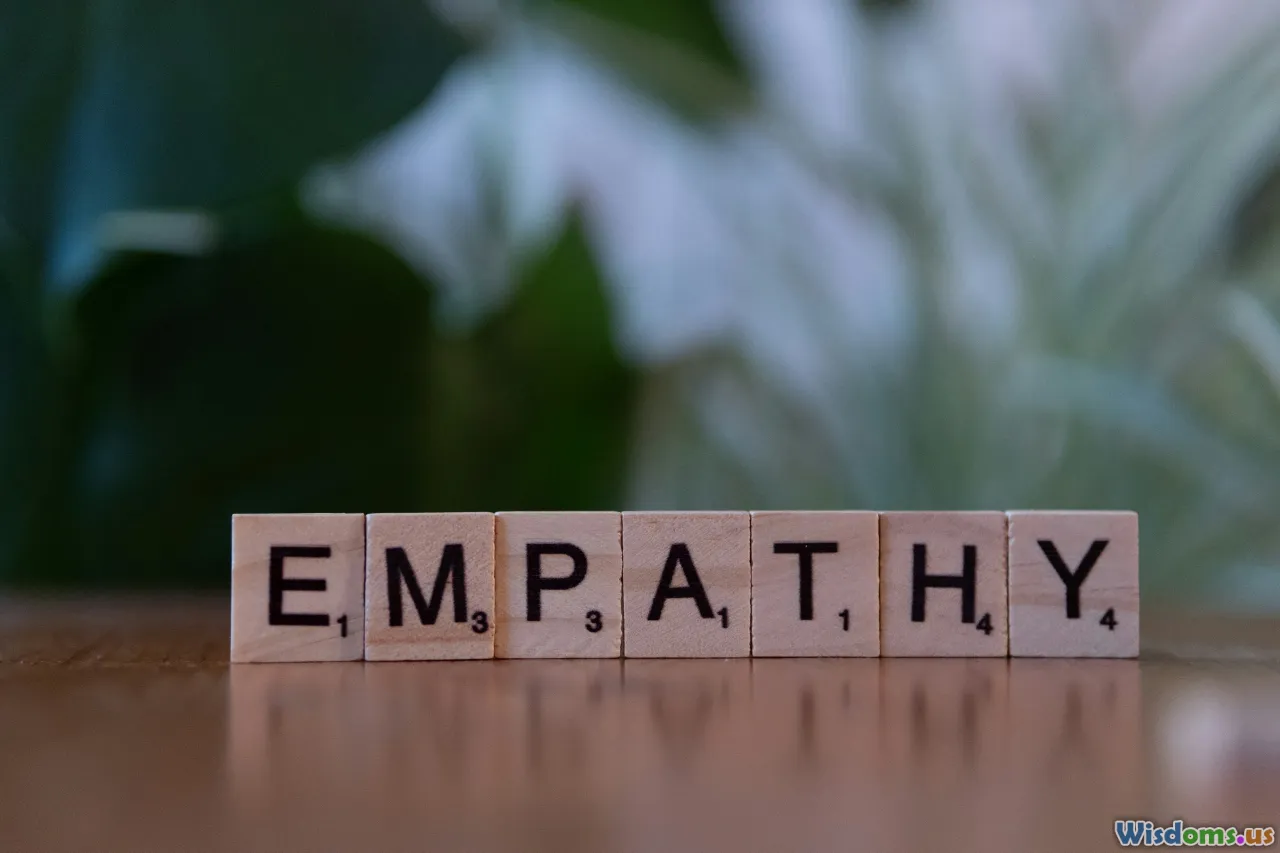
What ultimately sets human-made artwork apart is the lived experience and intent behind creation. When a painter channels grief or joy onto a digital canvas, or when a visual storyteller weaves their upbringing into fantastical worlds, the results transcend pattern recognition.
Consider the impact of political cartoons during social uprisings, or indigenous artists using digital tools to preserve fading languages and traditions. Here, originality is inseparable from mission; the uniqueness springs not just from how something looks, but why it was made.
A telling parallel exists in literature, where AI chatbots can mimic grammar, structure, and even voice, but rarely deliver true insight or profound emotional resonance. Artistic innovation often means breaking from expectation, not learning from it—a feat less accessible to systems bounded by “what’s been done before.”
Why Originality Will Always Have a Human Home
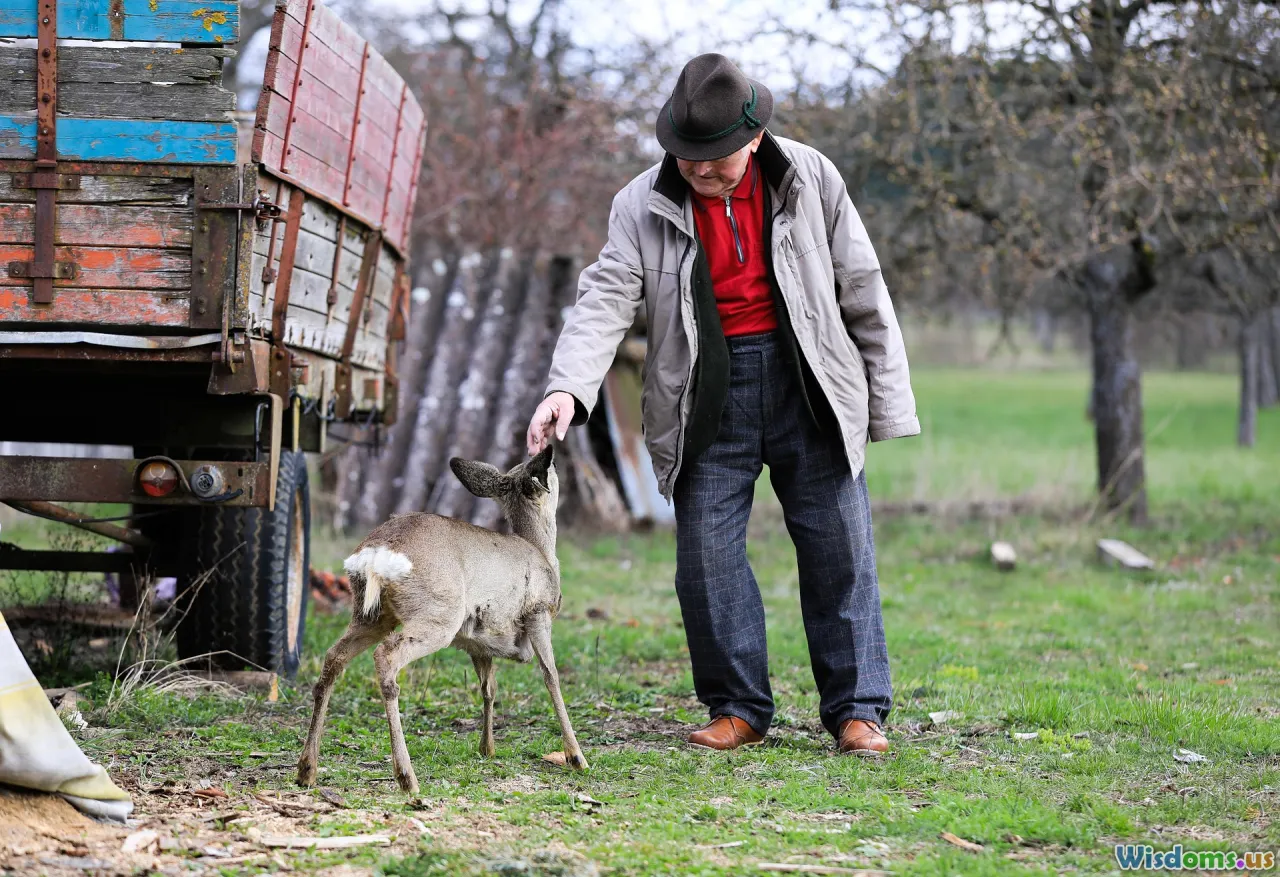
The proliferation of AI art invites both new possibilities and urgent questions. In practice, the relationship between AI and originality is best understood as one of augmentation: machines can dazzle with variation and speed, but human artists provide direction, meaning, and context.
As digital creators, what matters most may not be whether AI can replace originality—but how we embrace its strengths without relinquishing our core creative identity. Mastery will increasingly mean harnessing both algorithmic innovation and irreplaceable personal insight. If originality is about clear purpose, new combinations of thought, and genuine human response, then it seems likely that—at least for now—AI will best serve as a partner, not a replacement, in the ever-evolving landscape of digital art.
Rate the Post
User Reviews
Popular Posts










